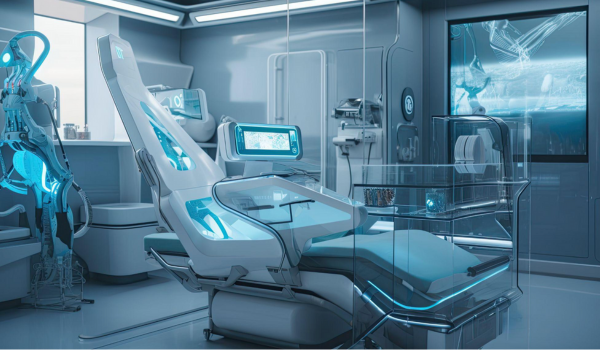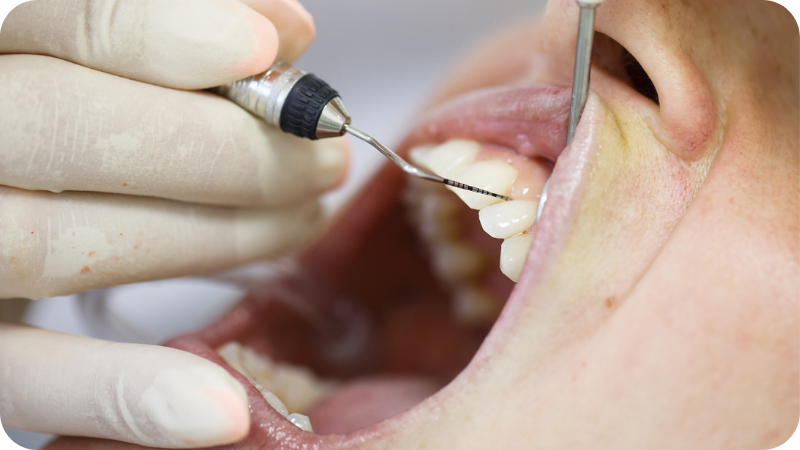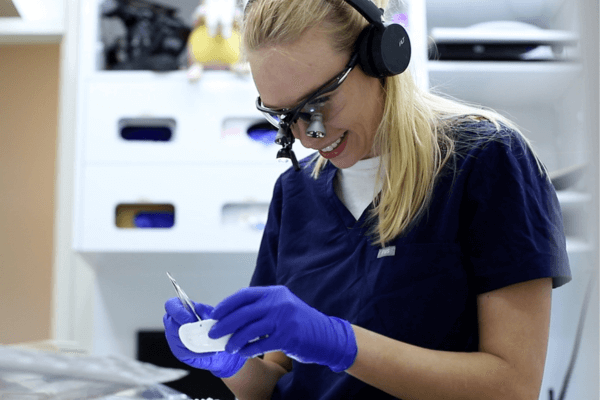It’s crazy to think that even twenty years ago the idea of robots replacing actual dentists would have been a great sci-fi movie, but an impossible reality. What about now? Will robots replace dentists? Although it’s true that dental technology has come a long way, human dentists are irreplaceable.
Here’s a look at the concept of dental robots and why dentists will still reign supreme.
What Is a Dental Robot?
Dental Robotics encompasses the technology needed for a robot to perform dental procedures. This robot would be programmed by a computer to automate repetitive motions found in dentistry. For example, since a robot would not fatigue or tire, it could potentially perform procedures, such as dental cleanings, back-to-back for hours on end with little to no human interaction.
In some ways, this sounds amazing. It could free up the time of dentists so they can focus on more complex cases, such as dental implants. It could also help with administrative tasks, reducing the risk of overworked staff. Currently, our industry uses manual robots to help improve the safety of certain steps such as drilling; but true dental robots are only a possibility of the future.
The Pitfalls of Robot Dentistry
And yet, we haven’t thrown off our gloves and devoted our lives to bringing self-sufficient robots into the dental arena. The high cost of developing a dental robot that could perform precise procedures across a variety of oral landscapes would thus drive the price up astronomically for any dental practice wishing to purchase such a robot should it be invented.
There’s also no data to prove the feasibility and reliability of a robot’s decisions. It lacks a human brain, and thus, can’t quite think outside the box when necessary. This could lead to an inferior decision at a crucial point in a dental procedure. And worse, there is a serious risk to the patient should a robot have a technical failure during intense treatments such as a full mouth rehab. This could lead to serious injury or even the death of a patient, and a potential malpractice lawsuit in the lap of the practice owner. Although these risks may be overcome with enough research and advancements in the dental robotics field, I think it’s pretty clear that dentists are here to stay.
3 Reasons Robots Can’t Replace Dentists
1. Robots Don’t Care
A dental robot can’t comfort a patient. Sure, it could say pre-programmed nice things, but most patients would have a hard time accepting that a robot is expressing genuine feelings (because it isn’t). The other issue is that a robot may not be able to tell that a patient is anxious or even needs comfort in the first place.
If a patient were to volunteer this information, it’s likely that the robot would be programmed to try and get the patient to agree to the treatment anyway by stating facts and research to prove that this treatment option is what is needed. While a dentist would gauge a patient’s discomfort level and may suggest alternative treatment options, a robot can’t show human empathy.
2. Robots Can’t Have a Doctor-Patient Relationship
Let’s say everything works out and the robot performs a textbook dental procedure. Great. But, any robot designed to do the same job could do it too. A patient would have no attachment to any specific robot because they are all the same. This means that patients may hop from clinic to clinic depending on schedule availability instead of sticking with a dentist and forming a true relationship.
In contrast, a relationship with a dentist can help the patient to come into the office for treatment whenever needed because they have built up trust with their chosen professional and dental practice.
3. Robots Can’t Communicate Effectively
A major part of our role as dentists is to communicate with the patient to ensure that they have a positive experience every single visit. While a robot could probably tell the patient what to do, there is no guarantee that the patient would understand the instructions.
For patients who have disabilities, are young children, or have had negative dental experiences in the past, clear communication from the dentist is critical to a treatment plan’s success. Since a robot may have difficulty understanding the nuances of a patient’s personality, past history, and unique circumstances, it will be unable to personalise communication in the same way as a dentist.
There Is a Place in Dentistry for Robotics
While it’s unlikely that robots will replace dentists, that doesn’t mean we should kick robotics to the curb.
Dentists can and should continue to use AI technology to enhance dentistry. For example, tools such as the CEREC machine can reduce the number of office visits, make the process more comfortable, and more. I am excited to see the emergence of new tech that will further enhance the capabilities of dentistry.
Embrace Technology To Expand Your Career
Robots and AI aren't just for improving the way we perform dental procedures. Virtual learning tools and other technology can help you master the techniques you need to help patients now and in the future. If you’re curious about how you can advance your career using technology, subscribe to my company’s RipeGlobal Blog.




